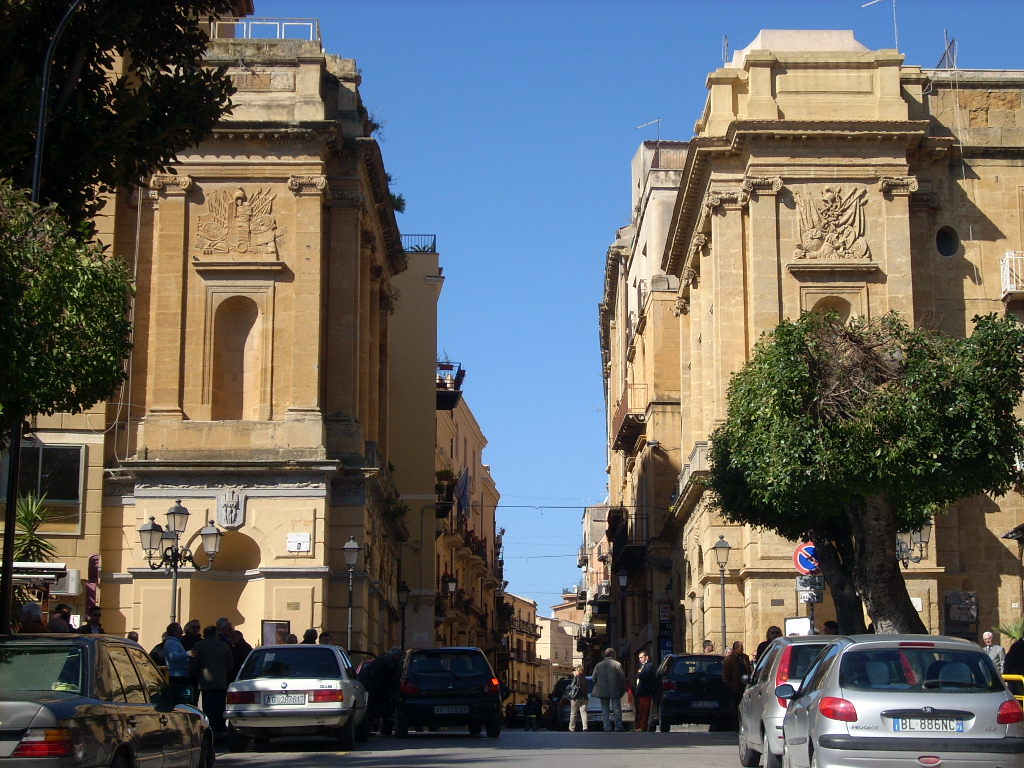Walking Tour of Agrigento

Here we are at Porta di Ponte. This is the entrance to the heart of the city where we will be visiting the historical centre of Agrigento. This entrance to via Atenea was built in 1868 on the ruins of one of the gates to the city which dated back to the 3rd century. It was built in a neoclassic style and you can see the stem of the city on one side and the stem of the Greek city on the other.
The historical centre of Agrigento (Kerkent to the Arabs, Gergent to the Normans and Girgenti until 1927) is on the Hill of Girgenti, a place chosen in the Middle Ages for defensive needs and also for its proximity to the new port.
We will be walking through the historical centre of Agrigento and explore the maze of tiny alleys, piazzas and side-streets of old Girgenti.

Here we are at the abbey Church and Convent of the Holy Spirit (Monastero di Santo Spirito) It is a splendid example of medieval art and prototype of Chiaramonte style in Sicily. It was build in 1299.

The Church of Santo Spirito
On its façade there is a great Gothic portal, pointed arches surmounted by a rose window dating from the time of the foundation. Inside you will see baroque stucco decorations depicting the Glory of the Holy Trinity.
We are now entering the Arab quarters of the city. After 1015, and a difficult period of invasions, the Muslims turned Agrigento into a flourishing agricultural and commercial centre. They introduced the sugar cane, cotton, a variety of citrus fruits, dates, melons, and the mulberry tree to produce silk.

Arab quarters of Agrigento
During this period the vast majority of inhabitants, here in Kerkent, as the Arabs called the city, lived within the protection of the walls of the city. The area north to the city was known as Bab-er-riiah (Bibirria), and to the west there was Ma’ssara (Mazara), close to where sugar was produced.
Outside the city walls, was an area known as the” rabbatu”, in today’s term it would have been a suburb. As in the rest of Islamic society in Sicily, literary, scientific and judicial studies flourished. The Arab-Muslim civilization prospered in Sicily up to the 11th century when Arab rebels began infighting in 1061.
This gave the Normans the opportunity to intervene at a military level on the island. At last, Kirkent, which was at the head of an emirate, which controlled one third of the Sicilian territory, lost everything in 1086.
We are now outside Santa Maria dei Greci. This is a medieval church built on the foundations of a Greek temple of the 5th century B.C. You will be able to see the foundations of the temple through the glass floor and the base of the temple at the side of the building.

Santa Maria dei Greci




Last comments